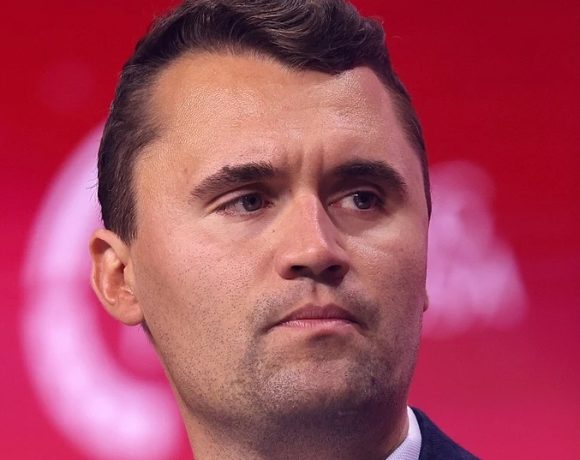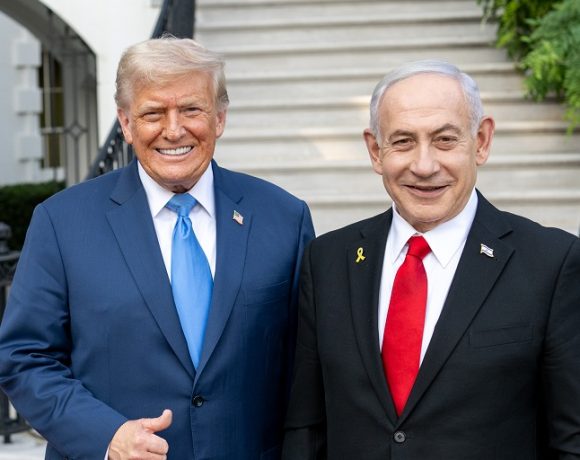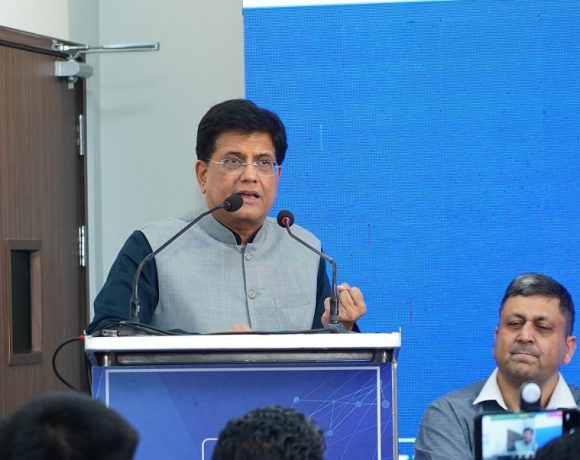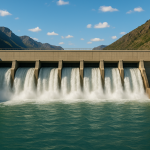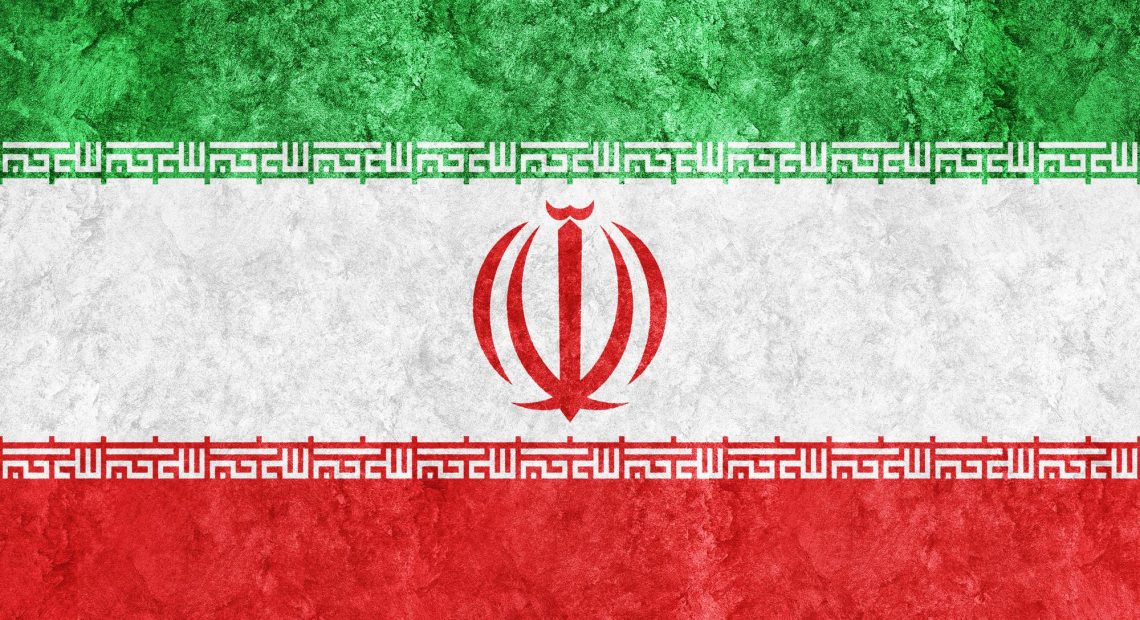
IAEA Inspectors Withdraw from Iran Amid Post-Strike Fallout
The International Atomic Energy Agency (IAEA) has pulled out its inspectors from Iran following Tehran’s decision to suspend nuclear monitoring in the aftermath of coordinated U.S. and Israeli airstrikes. The move raises serious concerns over nuclear transparency and regional escalation, effectively ending international oversight of Iran’s uranium enrichment activities for the foreseeable future.
IAEA Forced to Exit Amid Diplomatic Breakdown
Iran’s government confirmed that all IAEA personnel have left the country. Some inspectors exited via land routes to neighboring Armenia before returning to Vienna. The withdrawal comes after a directive from Iran’s parliament, endorsed by the President, ordering a complete halt to cooperation with the UN watchdog. Tehran cited “security concerns” and accused the agency of indirectly facilitating targeting of its nuclear infrastructure through shared compliance data.
Monitoring Suspended, Nuclear Ambiguity Deepens
With inspections suspended, Iran has effectively blacked out global visibility into its nuclear program. The affected sites include key uranium enrichment facilities at Natanz, Fordow, and Isfahan, which were struck in late June as part of a coordinated operation by U.S. and Israeli forces. While initial assessments suggest surface-level damage, Iran’s underground enrichment infrastructure remains largely intact and may be rapidly restorable.
IAEA Director-General Rafael Grossi has warned that Iran could resume high-level enrichment within months. Without inspector access or surveillance footage, verifying the status of uranium stockpiles, centrifuge activity, or enrichment levels has become nearly impossible.
Threat to Global Non-Proliferation Norms
Though Iran remains a signatory to the Non-Proliferation Treaty (NPT), this breakdown in monitoring represents a grave challenge to the international nuclear oversight regime. The absence of verification mechanisms not only raises the risk of Iran approaching weapons-grade enrichment but also undermines the IAEA’s authority and the global community’s ability to assess threats in real-time.
The development threatens to ignite a wider crisis across the region, especially with rising tensions between Iran and neighboring Gulf nations. It also puts pressure on Western powers to reconsider diplomatic strategies and contingency planning around Iran’s nuclear timeline.
Renewed Diplomatic Urgency
The IAEA has appealed for immediate restoration of access and transparency, urging all sides to resume dialogue. Global powers are now left grappling with a dangerous vacuum in nuclear intelligence, made more volatile by ongoing regional hostilities and a fragmented diplomatic front.
With the inspectors gone, oversight frozen, and stockpiles unverified, the international community faces a perilous chapter—one that could determine the course of nuclear security in West Asia for years to come.


